Comentarios / Preguntas (571)
![]() Francis Hanoteau escribió:
Francis Hanoteau escribió:
Merci pour votre réponse aussi rapide , je comprend mieux maintenant
05.02.2019 - 23:23
![]() Fabi escribió:
Fabi escribió:
Buongiorno, innanzitutto desidero ringraziarvi per le spiegazioni che mi avete dato finora, davvero molto utili; sono arrivata allo scollo sul davanti...dite “Al ferro successivo chiudere 2 m per il collo.” ...si devono chiudere 2 maglie in tutto (1 per ogni lato del collo) oppure 2 maglie per ogni lato del collo (quindi 4 in tutto)? Potete chiarirmi per favore? Grazie
05.02.2019 - 14:56DROPS Design respondió:
Buonasera Fabi. Deve chiudere 2 maglie da ciascun lato. Buon lavoro!
05.02.2019 - 20:05
![]() Francis Hanoteau escribió:
Francis Hanoteau escribió:
Bonjour j ai un peut de mal a comprendre ! vous dite À 49-59-61-63-65-67-69 cm de hauteur totale (ajuster pour que le rang suivant soit le rang 7 des diagrammes M1, M3 et M4), rabattre toutes les mailles, EN MÊME TEMPS, diminuer 24-24-26-26-36-36-36 m dans le diagramme au dernier rang – voir DIMINUTIONS ! je tricote la taille XL le ( EN MÊME TEMPS ) diminuer 24-24-26-26-36-36-36 m dans le diagramme au dernier rang – voir DIMINUTIONS t doit se faire sur la meme ligne ou avant ?
04.02.2019 - 23:00DROPS Design respondió:
Bonjour Mme Hanoteau, en taille XL, vous tricotez jusqu'à ce que l'ouvrage mesure 65 cm, mais le rang suivant doit être le rang 7 de M.1, M.3 et M.4 (= rang avec une torsade), tricotez quelques rangs de plus ou de moins en fonction de votre tension/hauteur en cm. Au rang suivant, ne tricotez pas les torsades, mais diminuez 36 mailles à intervalles réguliers comme indiqué sous DIMINUTIONS. On va ainsi éviter que le rang des mailles rabattues ne soient plus large que le reste de l'ouvrage, les torsades nécessitant plus de mailles en largeur. cette vidéo montre comment diminuer et rabattre en même temps. Bon tricot!
05.02.2019 - 09:12
![]() Fabi escribió:
Fabi escribió:
Buonasera, ho visto che sono state corrette la misura delle spalle nel grafico, ma quelle per lo scollo centrale sul davanti sono sempre le stesse? Quindi su una XL lo scollo sarà a 64 cm e la chiusura delle spalle a 76 cm? È corretto o devo alzare anche lo scollo centrale? Potete per favore darmi conferma? Grazie
03.02.2019 - 21:25DROPS Design respondió:
Buonasera Fabi. Per lo scollo chiude le maglie a 64 cm; per le spalle a 67 come per il dietro. I 76 cm che vede nel grafico comprendono anche la parte della spalla lavorata proseguendo la manica. La fotografia può aiutarla a capire meglio. Buon lavoro!
03.02.2019 - 21:39
![]() Fabi escribió:
Fabi escribió:
Buonasera, non capisco il suggerimento per le diminuzioni: Diminuire come segue a seconda del diagramma: M.1 (= 44-44-52-52-52-52-52 m): 10-10-12-12-12-12-12 m. M.3 (= 8 m): 2 m. M.4 (= 10 m): 3 m. M.5 (= 16 m): 6 m. Se devo chiudere tutte le maglie, non capisco dove devo diminuire 36 m (taglia XXL). Potete spiegarmi meglio? Grazie
02.02.2019 - 13:48DROPS Design respondió:
Buonasera Fabi. Deve diminuire sullo stesso ferro di chiusura delle maglie. Nel suggerimento trova indicato come ripartire le diminuzioni; p.es nel diagramma M3, formato da 8 m, deve diminuire 2 maglie. Buon lavoro!
02.02.2019 - 21:54
![]() Fabi escribió:
Fabi escribió:
Buonasera, sono arrivata alla chiusura degli scalfi per le maniche...bisogna lavorare il primo ferro chiudendo le 3 maglie che precedono e le 3 maglie che seguono ciascun segno, ma come si fa a chiudere le 3 maglie che precedono il segno? Mi resta il buco... Il lavoro rimane su un unico ferro circolare e si lavora quindi con due gomitoli? Le trecce devono rimanere all’interno o all’esterno del circolo? Potete aiutarmi per favore...sono molto confusa Grazie
01.02.2019 - 23:24DROPS Design respondió:
Buongiorno Fabi. Per chiudere le maglie, può chiudere le ultime 3 m prima del segno al giro precedente, poi le 3 m successive, lavora fino a 3 m prima del segno, chiude 6 m e poi lavora le restanti m. Prosegue solo sul dietro e poi sul davanti (oppure insieme ma con due gomitoli separati). Le trecce continuano ad essere lavorate sul diritto del lavoro. Buon lavoro!
02.02.2019 - 08:25
![]() Orietta Percivale escribió:
Orietta Percivale escribió:
Per fare il motivo sulla manica bisogna seguire M5 poi questa ho visto che è una maglia fatta su ferri circolari io ho ferri diritti e non so lavorare con ferri circolari. Vi ringrazio e porgo ossequi. ORIETTA
29.01.2019 - 21:43DROPS Design respondió:
Buongiorno Orietta. Per lavorare con i ferri dritti, può avviare la metà delle maglie indicate per il davanti / dietro e lavorare le due parti separatamente. Aggiunga 1 m vivagno ai lati per la cucitura. Per la manica, avvia le maglie aggiungendo una maglia vivagno ai lati per la cucitura. Sulla manica lavora i diag. M2, M3, M5. Per un aiuto più personalizzato, può rivolgersi al suo rivenditore Drops di fiducia. Buon lavoro!
30.01.2019 - 09:12
![]() Tanya escribió:
Tanya escribió:
Hi, thank you for your response. I'm not working on the sleeves yet - I'm still knitting the body, so I'm doing the M2 increases for the body. How do I work these increases? Thanks
21.01.2019 - 15:26DROPS Design respondió:
Dear Tanya, you can work the stitch on each side of both markers in both front and back loop - in pattern = with K or P - as explained previously . Happy knitting!
21.01.2019 - 16:31
![]() Tanya escribió:
Tanya escribió:
Also, if the increases are supposed to be worked so they fit the pattern, how do I do that? Right now I'm on row 2 of M2, so I should be knitting and purling the same stitches as row 1. I don't know how to maintain this while also incorporating new stitches that fit into the pattern.
20.01.2019 - 03:23DROPS Design respondió:
Dear Tanya, at the beg of round the new stitches should be worked as the previous stitch in diagram (if 1st st should be worked as a K stitch, Purl the new st, if 1st st should be a P stitch, K the new st). At the end of round, work the new st as the next st in diagram (if the next st should be a K st, work it K if it should be a P st, Purl it). Happy knitting!
21.01.2019 - 10:43
![]() Tanya escribió:
Tanya escribió:
Hi, when it says work the increases in M2, can each increase be added in the same way using one of the techniques shown in the tutorial video, or are they supposed to be either knit/purl increases so they fit the pattern?
20.01.2019 - 02:20DROPS Design respondió:
Dear Tanya, you can work the first and last stitch round into front and back loop (= 1 st on each side of the marker mid under sleeve) and work the new sts so that M.2 is growing at the beg and at the end of round. Pattern may not match on every round, but should match in each M.2 section. Happy Knitting!
21.01.2019 - 10:42
Dreams of Aran#dreamsofaransweater |
|||||||||||||||||||
 |
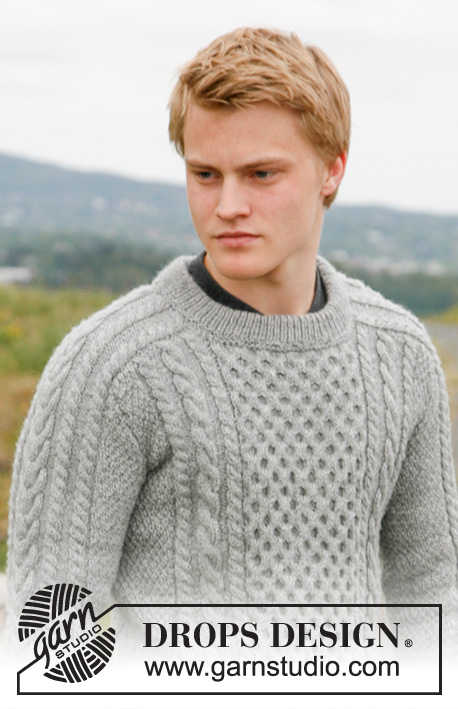 |
||||||||||||||||||
Pulóver de punto para hombre con torsadas en DROPS Karisma, DROPS Puna o DROPS Merino Extra Fine. Talla 13/14 años - XXXL.
DROPS 135-3 |
|||||||||||||||||||
|
PT MUSGO (en redondo): 1 vta de derecho, 1 vta de revés PATRÓN: Ver diagrama M.1 – M.5. Los diagramas muestran el patrón por el LD. TIP PARA DISMINUIR: Tejer 1 pt como en el diagrama, tejer 2 pts juntos, pasar el primer pt por encima = 2 pts dism. Dism de la manera sig en los diferentes diagramas: M.1 (= 44-44-52-52-52-52-52 pts): 10-10-12-12-12-12-12 pts. M.3 (= 8 pts): 2 pts M.4 (= 10 pts): 3 pts M.5 (= 16 pts): 6 pts ------------------------------------------------------ ------------------------------------------------------ PULÓVER – RESUMEN DE LA PIEZA: Las mangas se tejen de abajo para arriba, continuar en los hombros y a lo largo del escote. Los puntos del escote en la parte de arriba de las mangas son disminuidos en dirección de la pieza del frente y una pequeña sección de las mangas es continuada a lo largo de la parte de arriba de la espalda y, más tarde, es cosida en el centro de la espalda, de modo que el escote esté más alto en la espalda que en el frente – ver Fig. 1. CUERPO: Tejido en redondo. Mon 208-230-250-270-290-310-330 pts en ag circular tamaño 3.5 mm con Karisma, Puna o Merino Extra Fine. Tejer 4 vtas en PT MUSGO – ver arriba – y continuar en resorte 1d/1r. Cuando la pieza mida 5 cm, tejer 2 vtas en pt musgo y, AL MISMO TIEMPO, aum 20-10-6-6-22-18-18 pts distribuidos equitativamente en la última vta = 228-240-256-276-312-328-348 pts. Insertar 2 marcapuntos en la pieza, 1 al inicio de la vta y 1 después de 114-120-128-138-156-164-174 pts (= cada lado). Cambiar a ag circular tamaño 4 mm y tejer el PATRÓN de la manera sig – ver arriba: Talla 13/14 – L: M.2 en los primeros 9-12-12-17 pts, M.3, M.4, M.3, M.1 en los 44-44-52-52 pts sig, M.3, M.4, M.3, M.2 en los 18-24-24-34 pts sig, M.3, M.4, M.3, M.1 en los 44-44-52-52 pts sig, M.3, M.4, M.3, M.2 en los últimos 9-12-12-17 pts. Talla XL-XXXL: M.2 en los primeros 8-12-17 pts, M.3, M.4, M.3, M.4, M.3, M.1 en los 52-52-52 pts sig, M.3, M.4, M.3, M.4, M.3, M.2 en los 16-24-34 pts sig, M.3, M.4, M.3, M.4, M.3, M.1 en los 52-52-52 pts sig, M.3, M.4, M.3, M.4, M.3, M.2 en los últimos 8-12-17 pts. RECORDAR MANTENER LA MISMA TENSIÓN DE TEJIDO DE LA MUESTRA! Continuar en el patrón de esta manera. AL MISMO TIEMPO, cuando la pieza mida 9 cm, aum 1 pt en cada lado de ambos marcapuntos (tejer los pts aum en M.2 a medida que se avanza en el tejido). Repetir los aum a cada 6-8-8-9-9-9-10 cm un total de 5 veces = 248-260-276-296-332-348-368 pts. Cuando la pieza mida 38-47-48-49-50-51-52 cm, rem 6 pts para la sisa en cada lado (= 3 pts en cada lado de los marcapuntos) y completar cada pieza por separado (asegurarse que las hileras de las torsadas sean hileras por el LD después de dividir la pieza). ESPALDA: = 118-124-132-142-160-168-178 pts. Continuar de ida y vuelta en ag circular. Rem para formar la sisa en cada lado, al inicio de cada hilera: 2 pts 2-2-2-2-2-3-4 veces y 1 pt 1-1-2-3-4-4-5 veces = 108-114-120-128-144-148-152 pts. Continuar en el patrón. Cuando la pieza mida 49-59-61-63-65-67-69 cm (ajustar para que la hilera sig sea la hilera 7 del diagrama M.1, M.3 y M.4) rem los pts y, AL MISMO TIEMPO, dism 24-24-26-26-36-36-36 pts en el diagrama en la hilera de remate – ver TIP PARA DISMINUIR! FRENTE: = 118-124-132-142-160-168-178 pts. Rem para la sisa como se describe para la pieza de la espalda. Cuando la pieza mida 46-56-58-60-62-64-66 cm (ajustar para que la hilera sig sea la 1ª o la 5ª hilera de M.1), rem los 40-40-48-48-48-48-48 pts para el escote y, AL MISMO TIEMPO, dism 10-10-12-12-12-12-12 pts distribuidos equitativamente en los 40-40-48-48-48-48-48 pts en la hilera de remate. Ahora completar cada hombro por separado. Rem 2 pts en la línea del escote en la hilera sig. Cuando la pieza mida 49-59-61-63-65-67-69 cm (ajustar a la pieza de la espalda) rem los pts y, AL MISMO TIEMPO, dism 7-7-7-7-12-12-12 pts en el diagrama en la hilera de remate. MANGA DERECHA: Tejida en redondo. Mon 56-58-60-62-64-66-68 pts en ag de doble punta tamaño 3.5 mm con Karisma, Puna o Merino Extra Fine. Tejer 4 vtas en pt musgo y continuar en resorte 1d/1r hasta que la pieza mida 10 cm. Tejer 2 vtas en pt musgo y, AL MISMO TIEMPO, aum 2 pts distribuidos equitativamente en la última vta = 58-60-62-64-66-68-70 pts. Insertar un marcapuntos al inicio de la vta. Cambiar a las ag de doble punta tamaño 4 mm y continuar en el patrón en la vta sig así: M.2 en los primeros 5-6-7-8-9-10-11 pts, M.3 2 veces, M.5, M.3 2 veces, M.2 en los últimos 5-6-7-8-9-10-11 pts. Continuar en el patrón de esta manera y, AL MISMO TIEMPO, cuando la pieza mida 13-12-13-12-12-14-13 cm, aum 1 pt en cada lado del marcapuntos. Tejer los pts aum en M.2 a medida que se avanza en el tejido). Repetir los aum a cada 2-2.5-2-2-2-1.5-1.5 cm un total de 14-15-16-17-18-19-20 veces = 86-90-94-98-102-106-110 pts. Cuando la pieza mida 45-50-50-49-49-48-48 cm, rem 6 pts al centro bajo la manga (= 3 pts en cada lado del marcapuntos) y completar la pieza de ida y vuelta en la ag (asegurarse de tener la hilera de torsadas por el LD después de dividir la pieza). Rem para el copete de la manga en cada lado al inicio de cada hilera: 2 pts 2-4-6-7-9-10-12 veces y 1 pt 12-10-8-8-6-6-4 veces = 48 pts restantes en la ag para todas las tallas. La pieza mide 55-60-60-60-60-60-60 cm. Ahora medir la pieza a partir de aquí! Continuar en el patrón en los pts restantes hasta que la pieza mida 12-14-13-15-17-18-19 cm. Ahora rem en el lado derecho de la pieza, al inicio de cada hilera por el LD de la manera sig: 24 pts 1 vez (AL MISMO TIEMPO que 14 de estos 24 pts son tejidos juntos de derecho, de 2 en 2, antes de ser rematados), 3 pts 2 veces. Tejer 3 hileras sin dism. Rem 1 pt en la hilera sig = 17 pts restantes para todas las tallas. Continuar hasta que la pieza mida 19-21-22-24-26-27-28 cm. Rem y, AL MISMO TIEMPO, dism 4 pts distribuidos equitativamente en el diagrama en la hilera de remate. La manga completa ahora mide aprox 74-81-82-84-86-87-88 cm. MANGA IZQUIERDA: Como la manga derecha, pero rem, al llegar a la parte de arriba, en el lado opuesto; es decir, al inicio de cada hilera por el LR. ENSAMBLAJE: Coser las mangas. Coser los pts de los hombros de la pieza del cuerpo a M.3 de cada lado de la manga (en las hebras externas de los pts). Unir la parte de arriba de las mangas con una costura al centro de la espalda y coser a la pieza de la espalda. CUELLO: Levantar 94-94-108-108-108-108-108 pts alrededor de la línea del escote en la ag circular más pequeña tamaño 3.5 mm con Karisma, Puna o Merino Extra Fine. Tejer 4 vtas en pt musgo y, AL MISMO TIEMPO, en la última hilera, aum 22-22-26-26-26-26-26 pts distribuidos equitativamente = 116-116-134-134-134-134-134 pts. Continuar en resorte 1d/1r. Cuando el resorte mida 8 cm, tejer 2 vtas en pt musgo y rem. Doblar el cuello en dos hacia el LR y coser las 2 orillas en pt musgo, una a la otra. |
|||||||||||||||||||
Explicaciones del diagrama |
|||||||||||||||||||
|
|||||||||||||||||||
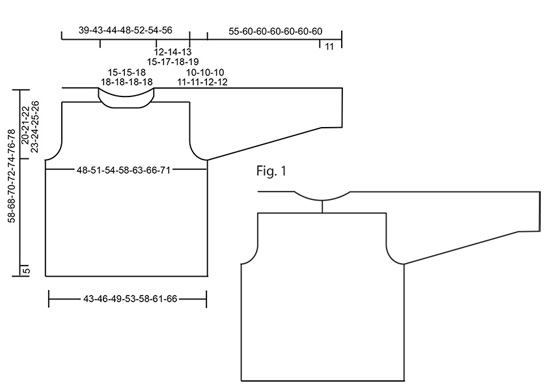 |
|||||||||||||||||||
 |
|||||||||||||||||||
¿Terminaste este patrón?Entonces, etiqueta tus fotos con #dropspattern #dreamsofaransweater o envíalas a la galería #dropsfan. ¿Necesitas ayuda con este patrón?Encontrarás 18 videos tutoriales, un espacio para comentarios/preguntas y más visitando la página del patrón en garnstudio.com © 1982-2025 DROPS Design A/S. Todos los derechos reservados. Este documento, incluyendo todas sus sub-secciones, está protegido por los derechos de autor (copyright). Lee más acerca de lo que puedes hacer con nuestros patrones en la parte de abajo de cada patrón de nuestro sitio. |
|||||||||||||||||||








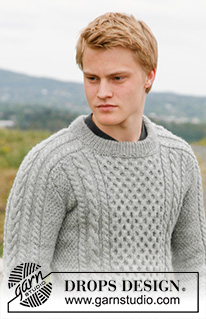



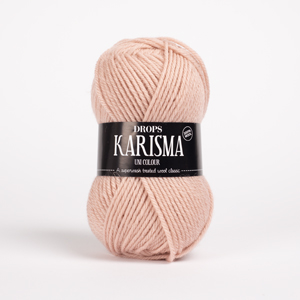


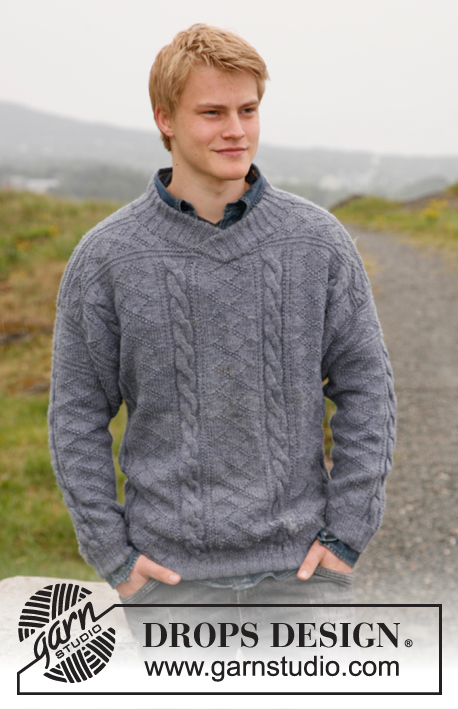


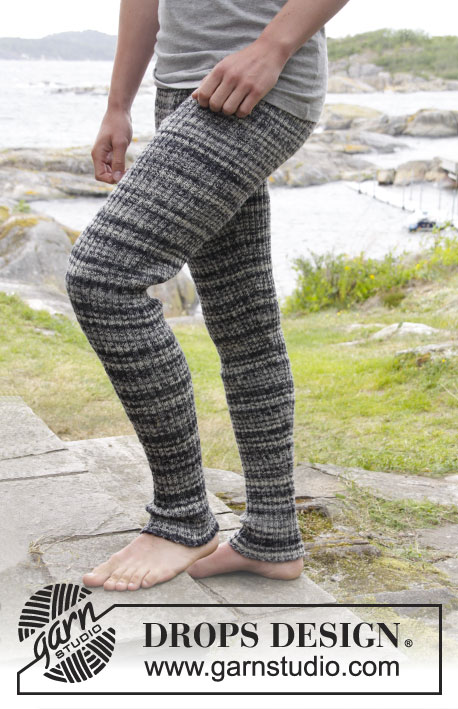
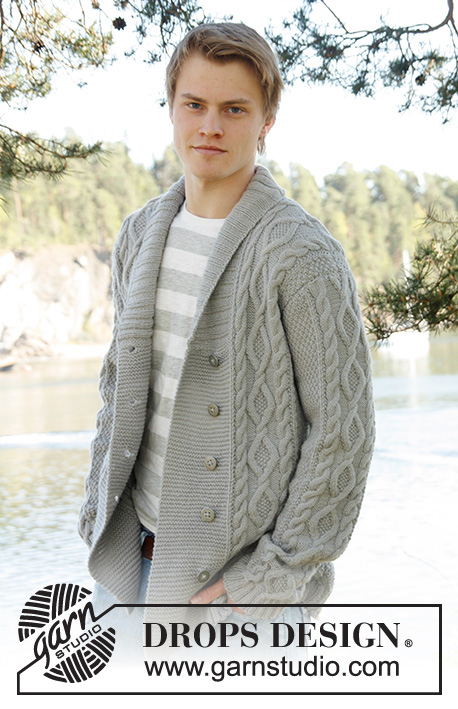






































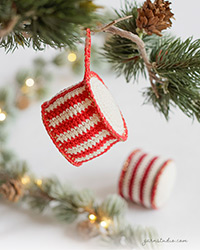
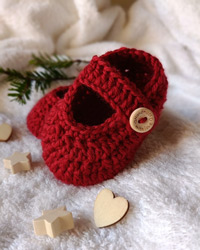

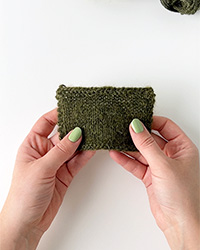
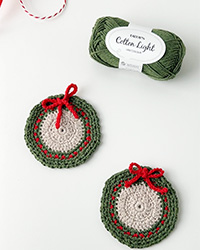
Escribe un comentario sobre DROPS 135-3
¡Nos encantaría saber qué piensas acerca de este patrón!
Si quieres escribir una pregunta referente al patrón, por favor asegúrate de elegir la categoría correcta en el formulario debajo, para acelerar el proceso de respuesta. Los campos obligatorios están marcados con un *.